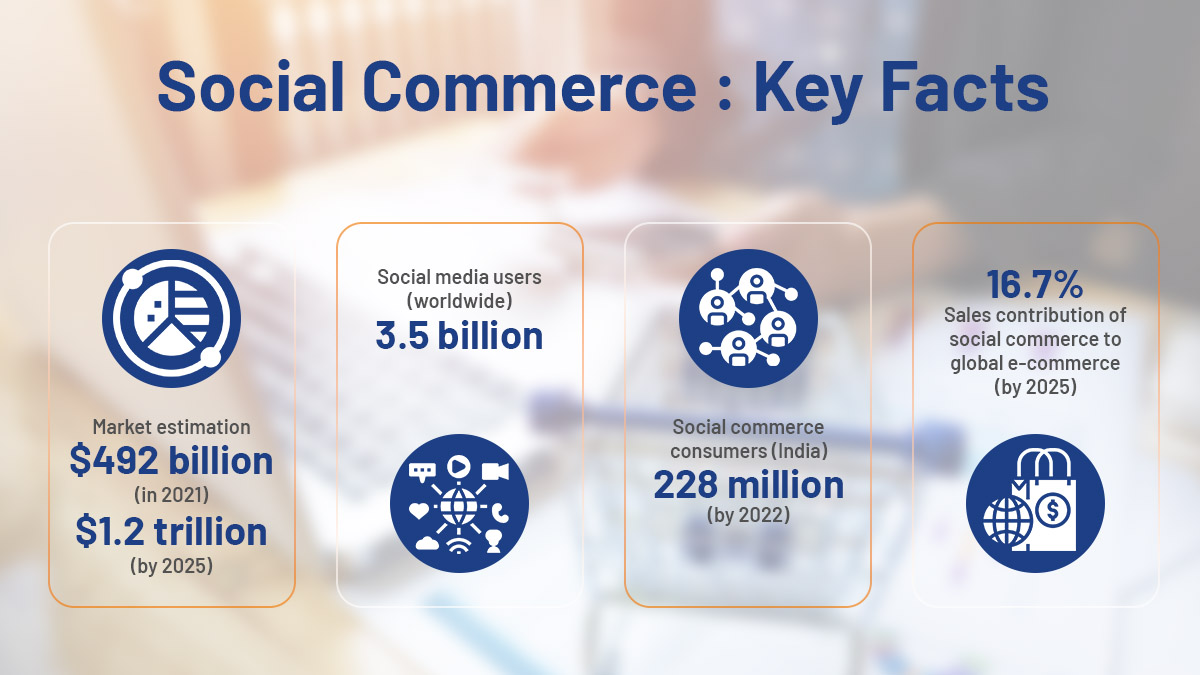The Covid-19 pandemic exposed major gaps in social protection systems around the world, leaving millions vulnerable to poverty and hardship. As we look to build back better, enhancing the effectiveness of social safety nets must be a top priority. Strong, well-designed social protection programs are crucial for reducing poverty, promoting inclusive growth, and building societal resilience against future shocks.
.jpg)
The Shortcomings of Current Approaches
Many existing social protection systems suffer from significant limitations:
- Narrow targeting leaves out large segments of vulnerable populations. Means-testing is often inaccurate, administratively burdensome, and stigmatizing.
- Fragmented programs create inefficiencies and gaps in coverage. The "missing middle" often falls through the cracks.
- Short-term, emergency measures fail to address root causes of poverty and vulnerability.
- Tech-enabled systems can inadvertently discriminate and exclude deserving beneficiaries.
- Corruption and lack of transparency undermine public trust and program effectiveness.
- Inadequate funding, especially in low-income countries, severely constrains impact.
A New Paradigm: Universal, Holistic, and Resilience-Focused
To truly enhance effectiveness, we need a seismic shift in how we approach social protection:
Move towards universal coverage: Targeted programs have proven inadequate in reaching all those in need. Universal approaches reduce administrative costs, eliminate stigma, and ensure no one falls through the cracks. Countries like Nepal have seen success in moving towards universal child benefits.
Adopt an integrated, holistic approach: Siloed programs fail to address the multidimensional nature of poverty. "Wraparound" services that integrate income support, healthcare, housing, education, and other essential needs are far more impactful. The UK's Troubled Families Programme and New Zealand's Whānau Ora initiative offer promising models.
Focus on building long-term resilience: Rather than just providing temporary relief, social protection should aim to boost the long-term resilience of individuals, families and communities. This means investing in human capital, supporting livelihoods, and strengthening social networks.
Leverage technology thoughtfully: While digitalization offers immense potential to improve delivery, it must be implemented carefully to avoid excluding vulnerable groups. Hybrid models combining tech solutions with human support can help bridge the digital divide.
Empower communities: Top-down approaches often fail to leverage local knowledge and assets. Community-driven development and participatory approaches can enhance program relevance and sustainability.
Invest in robust data systems: Integrated, real-time data is crucial for responsive and adaptive social protection. In the US, Oregon's Child Integrated Dataset offers an example of using data to drive more effective interventions.
.jpg)
Key Steps to Enhance Effectiveness
Governments, international organizations, and other stakeholders can take several concrete steps to strengthen social protection systems:
Increase funding: Many countries, especially in the Global South, severely underinvest in social protection. Domestic resource mobilization and international support are both critical to expand coverage and adequacy of benefits.
Streamline delivery: Simplify application processes, reduce documentation requirements, and create single-window systems to improve access. Automation can free up social workers to focus on high-value support.
Improve targeting where universal coverage is not feasible: Use dynamic social registries, proxy means testing, and community-based targeting to enhance accuracy and responsiveness.
Strengthen governance: Enhance transparency, establish strong grievance redressal mechanisms, and leverage technology to reduce corruption and leakages.
Invest in monitoring and evaluation: Rigorous impact evaluations and real-time monitoring can drive continuous improvement in program design and delivery.
Build shock-responsive systems: Embed flexibility to allow rapid scale-up during crises. Adaptive social protection can be a powerful tool for disaster risk management.
Foster cross-sector collaboration: Break down silos between government departments and promote public-private partnerships to deliver integrated services.
Prioritize financial inclusion: Link social protection with efforts to expand access to savings, credit, and insurance to help households build long-term resilience.
The Road Ahead
Enhancing social protection is not just a moral imperative - it's an economic necessity. Strong safety nets reduce inequality, boost human capital, and drive inclusive growth. As the world faces mounting challenges from climate change, technological disruption, and demographic shifts, effective social protection will be more important than ever.
The pandemic has created a unique window of opportunity to reimagine and rebuild our social contracts. By embracing universal approaches, leveraging technology thoughtfully, and focusing on long-term resilience, we can create truly effective social protection systems that leave no one behind. The time to act is now - millions of lives and livelihoods depend on it.





























.jpg)





























We will verify and publish your comment soon.